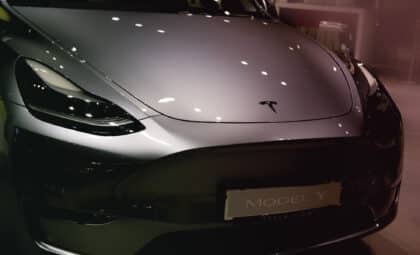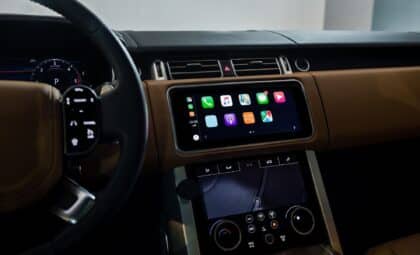At nearly every price point and in nearly every segment, automakers are introducing models they hope will redefine their place in the rapidly evolving electric market.
While global enthusiasm for electric vehicles may have leveled off, manufacturers are not backing down. 2026 will see the debut of confirmed production models—no prototypes or speculation—across luxury, mainstream, and high-performance categories. The lineup reveals a strategic push: reclaim affordability, embrace new performance identities, and overhaul aging design philosophies.
Most vehicles coming next year are electric crossovers, but some brands are using 2026 to test the boundaries of what electric can be. From the revival of long-retired nameplates to fresh platforms built entirely in-house, the year signals an industry trying to mature beyond its early EV missteps.
Entry-Level EVs Make a Competitive Return
The return of the Chevrolet Bolt headlines the push toward more affordable electric models. Scheduled for early 2026, the new Bolt will launch at $29,990, followed by an even lower-priced LT trim at $28,995. With a range of 255 miles and support for 150-kilowatt fast charging, it reclaims its title as the cheapest electric car on the U.S. market. Though it won’t offer Apple CarPlay or Android Auto, drivers can expect optional Super Cruise and a NACS port. According to Motor1, this version is a direct response to consumer demand following the model’s short-lived discontinuation.

Toyota is also making a more definitive move into the EV segment with the all-electric C-HR, set to replace its hybrid predecessor. The compact crossover will offer 338 horsepower through dual motors and an estimated 290-mile range. A 14-inch touchscreen borrowed from Lexus dominates the cabin layout, and the vehicle is expected to come in under $45,000. The C-HR also features the NACS charging standard and coupe-like design language carried over from earlier iterations.
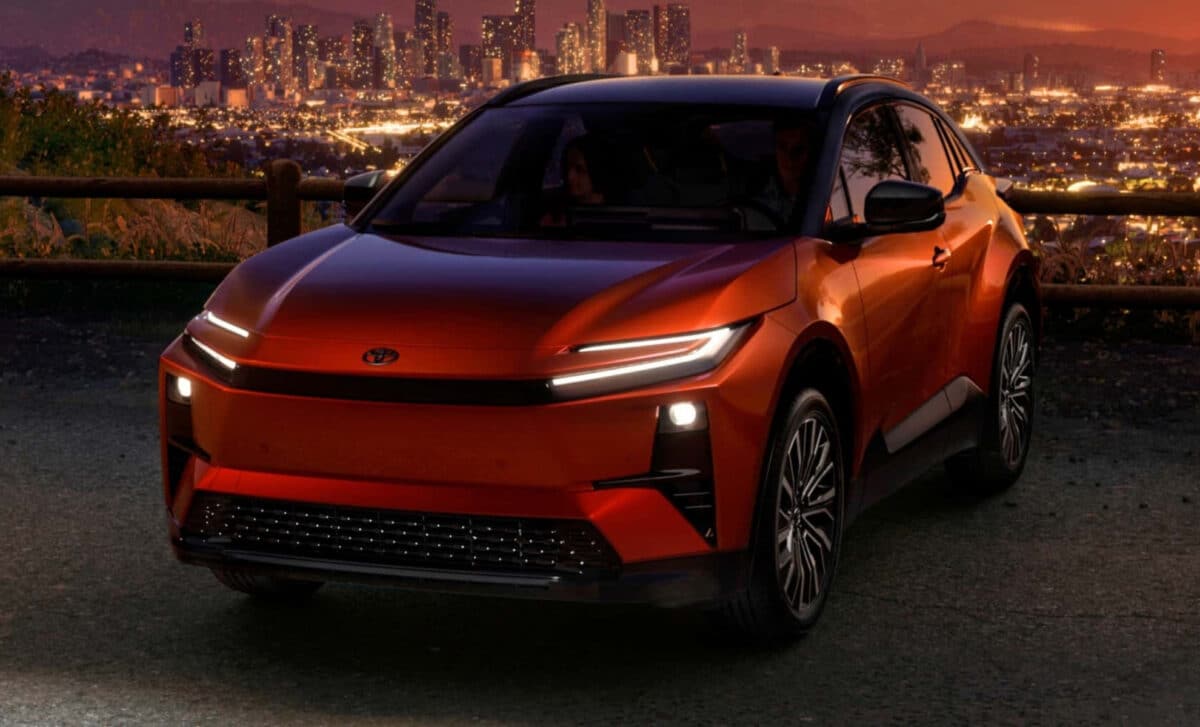
Meanwhile, Rivian is scaling down with the R2, a mid-size SUV priced from $45,000. Designed to seat five, the R2 will deliver over 300 miles of range and performance figures that include a 0–60 time of three seconds in its top-tier tri-motor version. Standout features include a retractable rear window and single-motor base trim to keep pricing competitive.
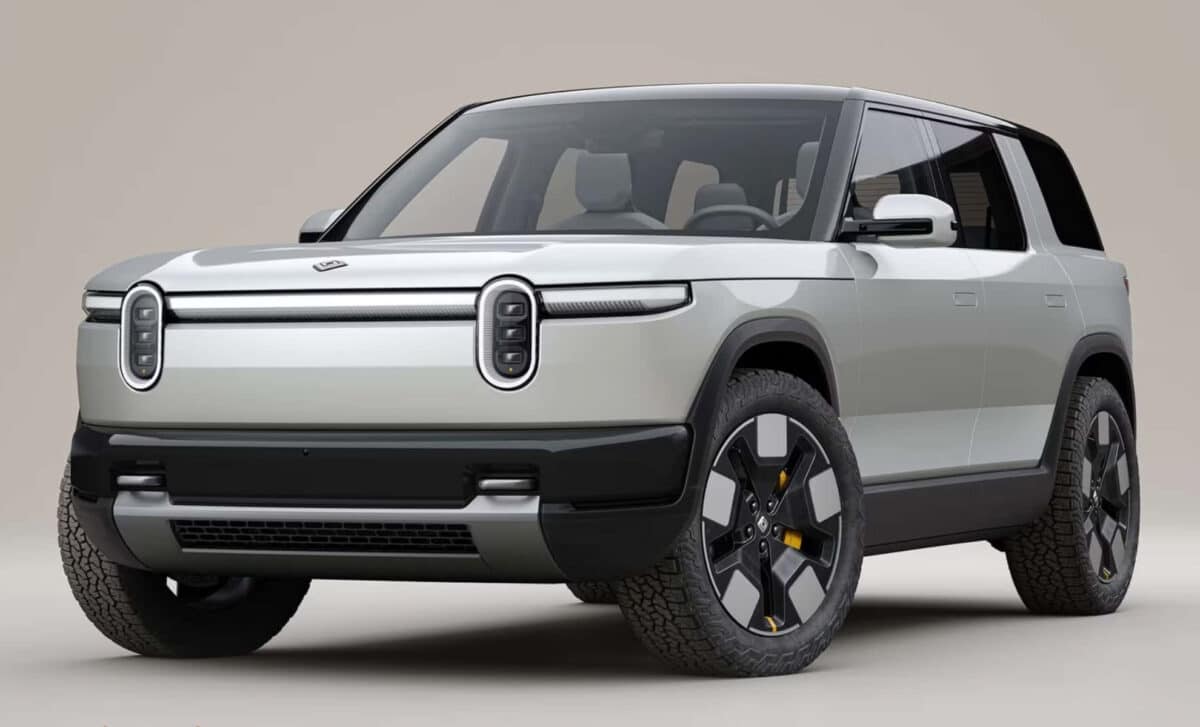
High-Performance EVs Get Bolder and Louder
In the performance category, Hyundai will expand its N sub-brand with the Ioniq 6 N, a sport sedan producing 601 horsepower—641 when using “N Grin Boost.” The car accelerates to 62 mph in 3.2 seconds and tops out at 160 mph. It also features adaptive dampers and faux gear shifts with accompanying ICE-like sound effects, creating a performance profile that blends EV torque with the theatrics of combustion-era hot hatches.
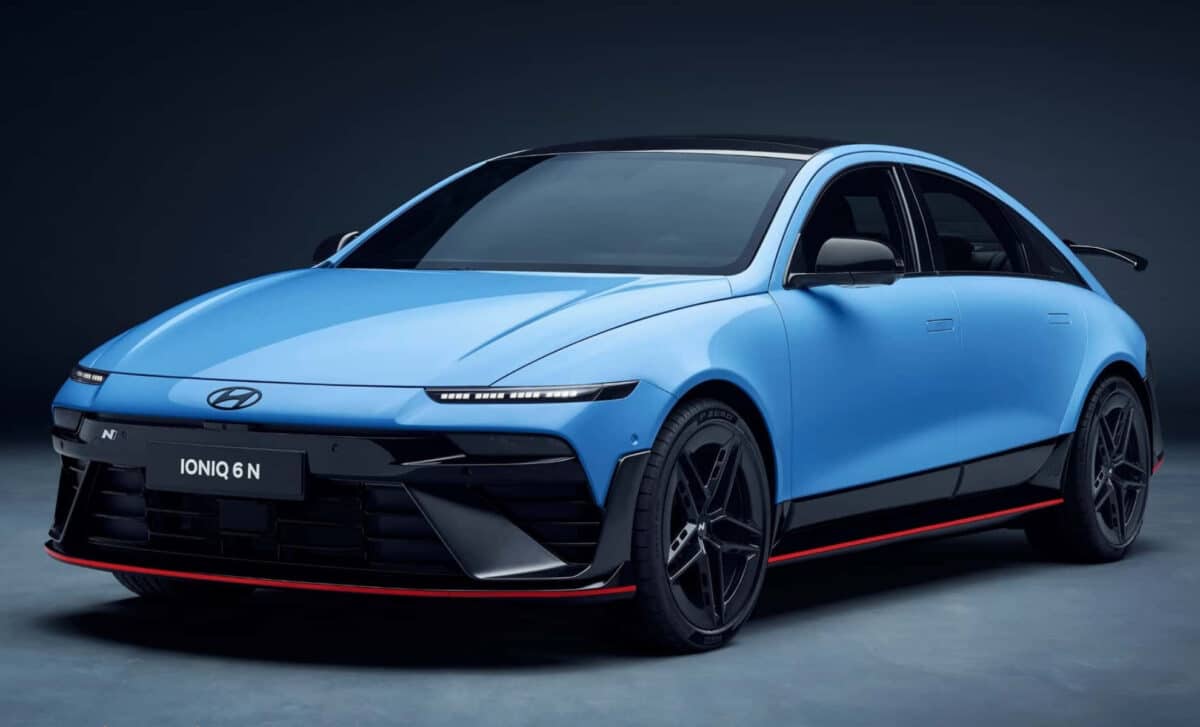
Genesis joins the performance conversation with the GV60 Magma, its first production model under the new Magma sub-label. The model is based on the GV60 crossover but gains visual and mechanical upgrades. Although full specifications have not been confirmed, design chief Luc Donckerwolke has suggested power levels “hundreds” above the standard 429-hp version. The car will share underpinnings with other Hyundai-Kia EVs like the Ioniq 5 N and EV6 GT.

At the extreme end of the segment, Ferrari is preparing the Elettrica, its first all-electric production car. Using in-house motors and batteries on a 75% aluminum chassis, the car delivers over 986 horsepower via four electric motors. It will accelerate from 0 to 62 mph in 2.5 seconds and reach a top speed of 192 mph. The Elettrica includes rear-wheel steering, a Multimatic suspension system, and a unique shifting interface. This grand tourer represents a major pivot for a brand that, not long ago, publicly dismissed the idea of pure electric power.
Luxury Brands Reshape Their Electric Identities
For German manufacturers, 2026 is a year of reinvention. The BMW iX3 will be the first production vehicle to feature the brand’s “neue Klasse” architecture. Positioned as an electric version of BMW’s top-selling compact crossover, the iX3 boasts a projected 400-mile range and 800-volt architecture, enabling 400-kilowatt charging speeds. It introduces a new infotainment concept anchored by a display mounted at the base of the windshield.

Mercedes-Benz is responding with a full-electric version of the GLC, expected in the second half of the year. It abandons the look of previous EQ models and instead introduces a more aggressive design with a new corporate grille and full-width rear light bar. With a WLTP-estimated range of 443 miles and 800-volt charging up to 330 kilowatts, the electric GLC also brings back physical cabin controls—departing from the fully touch-based systems found in earlier models. This is part of a deliberate effort to rebalance user interface design after mixed feedback.

Luxury performance gets its spotlight in the Porsche Cayenne Electric, which will become the most powerful production car in the company’s history. The Turbo model will deliver more than 1,000 horsepower and 1,106 lb-ft of torque, reaching 62 mph in three seconds flat. Sharing a chassis with the Macan Electric, it features rear-mounted motors, direct oil cooling, and a newly curved touchscreen. The Cayenne Electric promises a 373-mile WLTP range and 400-kilowatt charge rates.
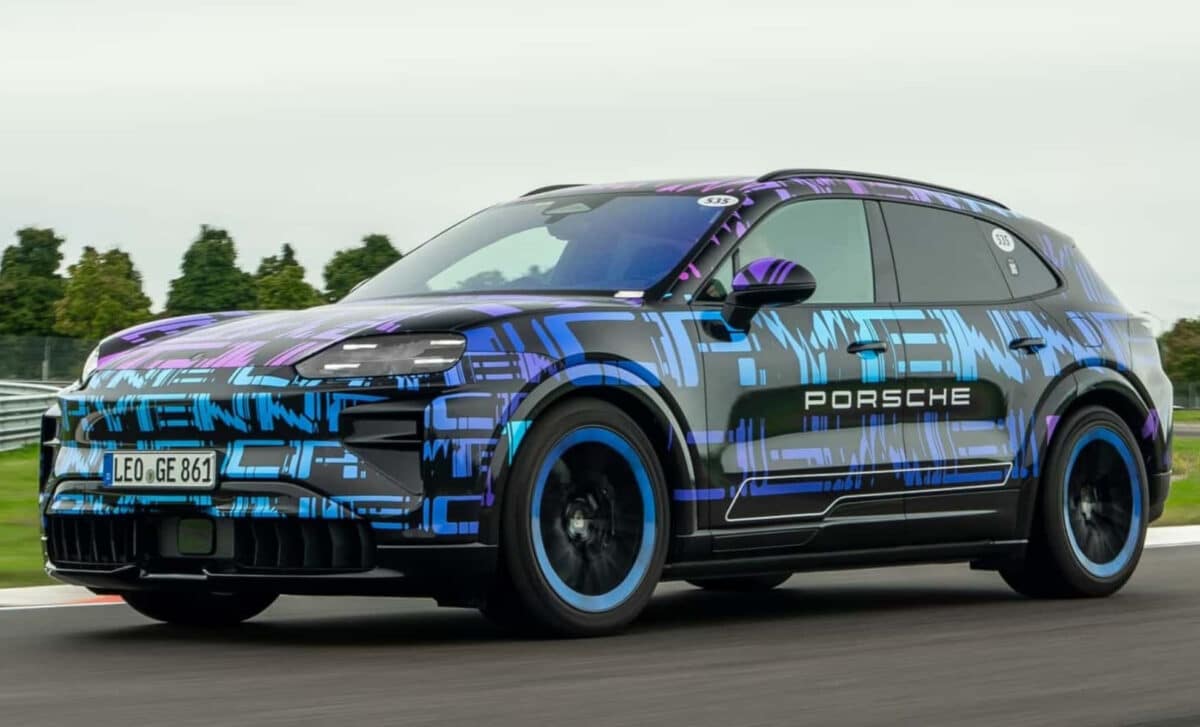
The EV Space Continues to Stretch in All Directions
The diversity of EVs expected in 2026 reflects a broader evolution within the automotive industry. While earlier electric releases often felt like niche experiments or compliance tools, the upcoming models represent a deeper commitment to variety, design coherence, and strategic pricing. Every confirmed model—from the $29,990 Chevrolet Bolt to the $600,000 Ferrari Elettrica—serves a distinct purpose and signals a shift in what consumers can expect from their next EV.
Rather than attempting to cater to everyone with one or two models, brands are leaning into clear segments: luxury, utility, performance, and entry-level practicality.


